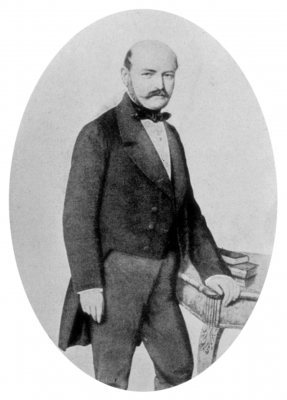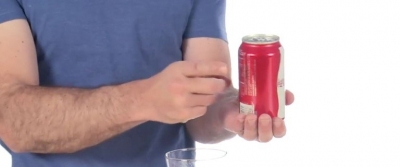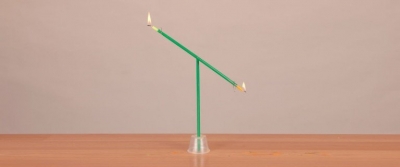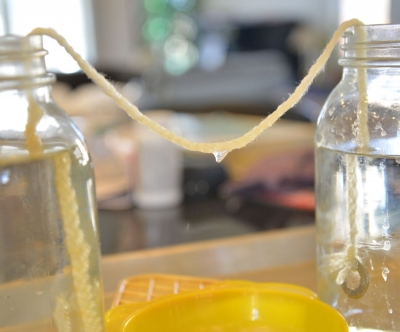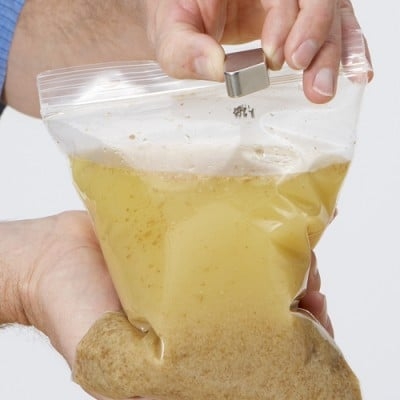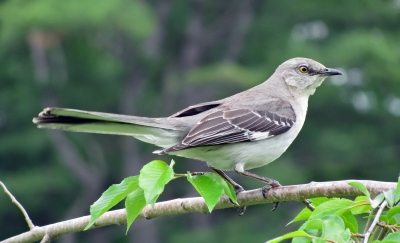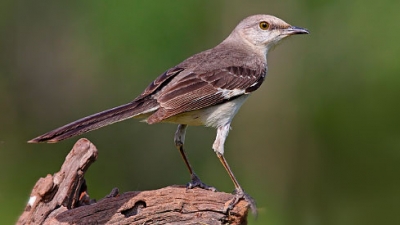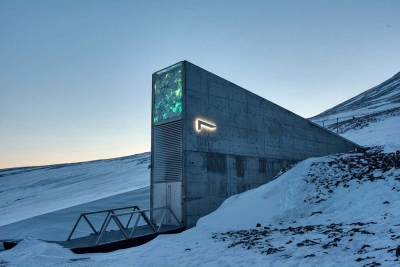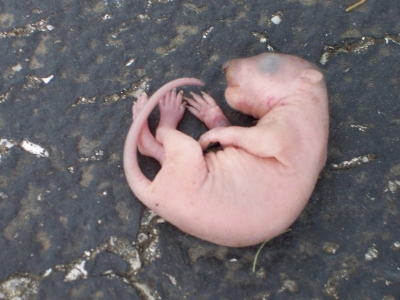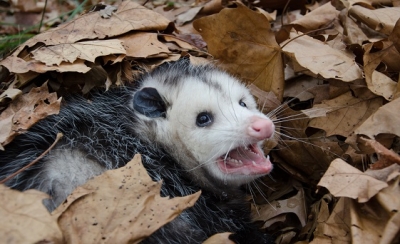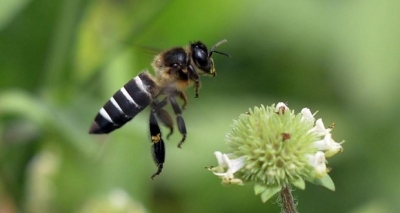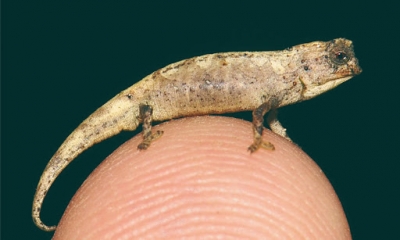
There are many opportunities available for developers, and with the advent of new technologies such as blockchain, IOT (the Internet of Things), Al / ML (artificial intelligence / machine learning), AR / VR (augmented reality / virtual reality), etc., opportunities in technology are growing rapidly. In this article, we will discuss what kinds of programming jobs are out there, the possibilities in each job, and the associated work in each of these.
Web development: Web developers are usually responsible for building websites and web applications, and the area comprises three major specialisations-front end, back end, and full stack. A lot of developers and programmers start their careers as web developers, and eventually branch into different specialisations later in their careers.
App development: There are millions of apps hosted on app store platforms, and the number is only increasing with time. Now, to build, maintain, and run these applications smoothly, an app developer comes into play. An app developer is someone whose primary responsibilities include creating, testing, and programming apps for computers, mobile phones, and tablets. With the inclusion of AR / VR and other cool technologies into apps, the scope for app developers has further broadened.
Game development: Gaming is a massive industry employing millions of people to develop, and maintain existing games. With AR / VR, the potential of gaming companies can be massive, and now is a great time to be in this industry.
Product management: It is perfect for someone who has a knack of working with people. Product managers work with developers and engineers, communicating with other teams, translating their requirements into tech requirements, and getting them implemented by engineers
App Network and cyber security: What if someone tries to hack into your systems, or use a security vulnerability to their advantage? Or what if they steal private data? Network and cyber security is that realm of computer science that deals with securing and protecting computer networks from attacks. Many companies reward people for finding bugs and security loopholes in their systems.
Database management: Database administrators are tasked with securing, organizing, and troubleshooting storage for large amounts of information for companies online. If you love analysing and recovering information as well as fast problem-solving, this could be the coding career for you.
Server administration: A server administrator or admin has the overall control of a server. The server administrator's role is to design, install, administer, and optimise company servers and related components to achieve high performance of the various business functions supported by the servers.
Today there's a massive advantage of being a coder, and the amount of versatility the skill offers is huge. Keep learning, and opportunities will find you.
Picture Credit : Google

